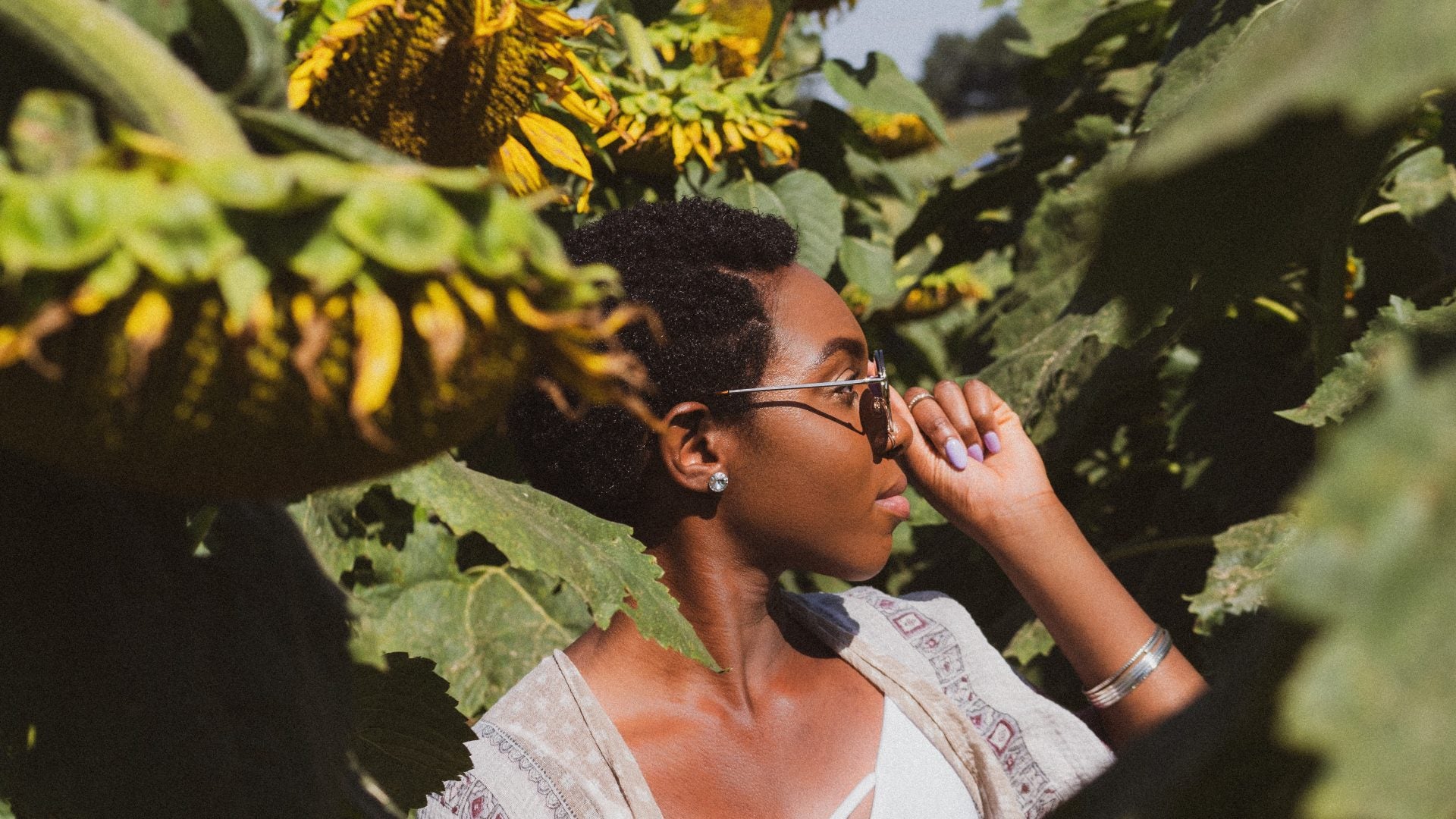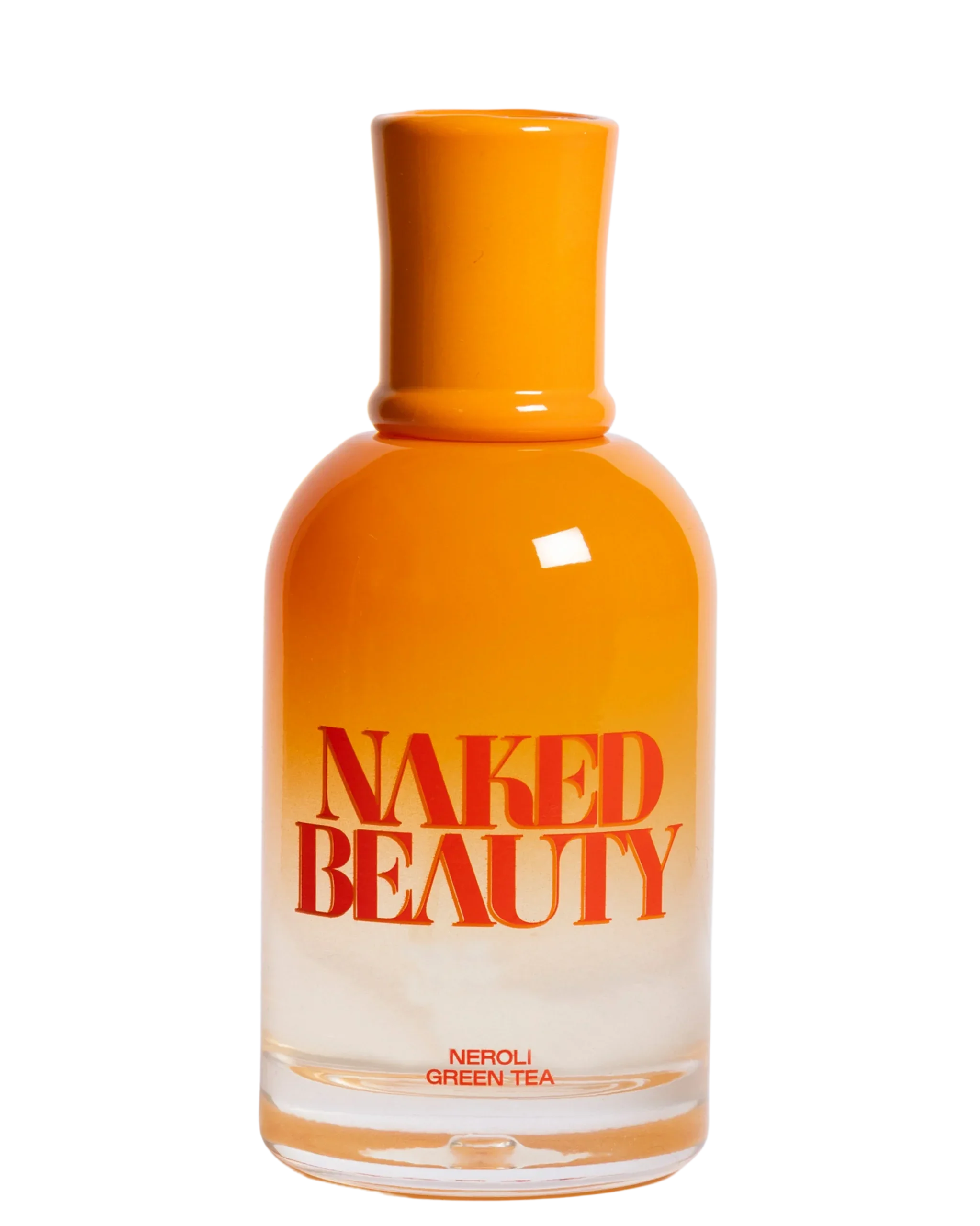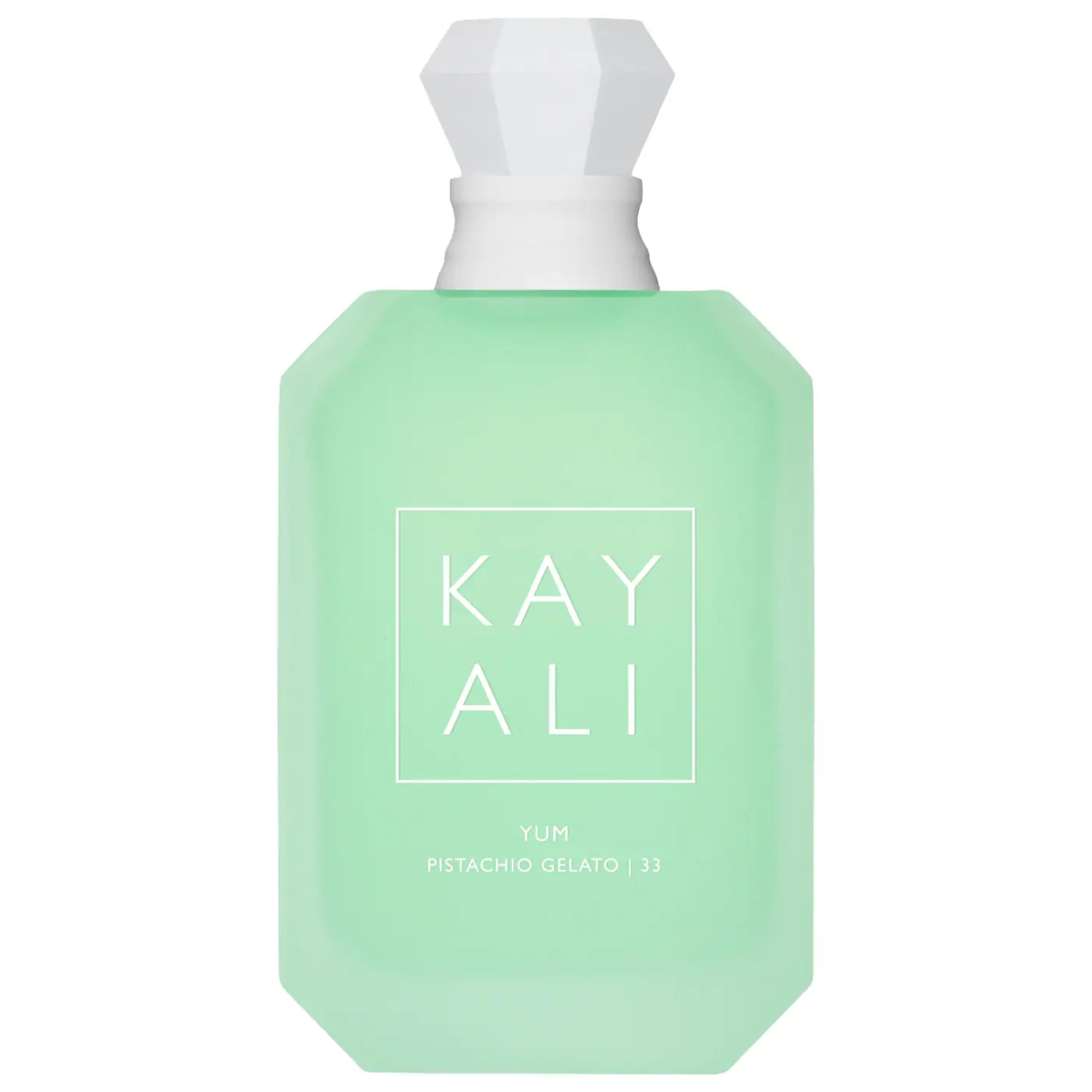
#InstaViral is a weekly series highlighting popular Instagram pages from social justice, entrepreneurship to entertainment with a focus on their viral factor.
Melanin and Sustainable Style—or #MelaninASS—is disrupting the current environmental justice landscape by inspiring Black and brown people to live sustainably and in style. The curated Instagram page and website is one of the only brands shifting the image of sustainability to include more Black and brown voices.
Created by sustainable fashion ambassador and influencer Dominique Drakeford, MelaninASS “celebrates the success of communities of color in sustainable fashion and beauty spaces,” according to the website. Through interview-based content and a thoughtful aesthetic, MelaninASS is “promoting non-toxic style and diversity at the same damn time.”
Since being founded on Instagram in 2017, the platform has blossomed into a space to discuss sustainable development, social innovation, and holistic living.
MelaninASS has carefully designed an Instagram feed that positions soft browns, vibrant oranges and earth tones against natural green spaces. There are displays of Black women composting and gardening alongside inspiring quotes from interviews with environmentalists of color.
The Insta-account and website showcase fashion and beauty brands that are non-toxic and use healthy ingredients. The brand promotes the importance of using healthy products that are often Black owned and explains how one can be more of a steward to the Earth.
Originally from the Bay Area, Drakeford received her bachelors in business and environmental management at the University of California Riverside and came to New York for her master’s in sustainable entrepreneurship and fashion.
“I wanted to create a space where I can not only visually show how dope we are in the sustainable fashion space,” Drakeford told ESSENCE. “but also show that we have always been and are currently committed to ecology based justice.”
Drakeford describes ecology based justice as “understanding the ecosystem of how we interact with the natural world” and “how we sort of navigate space to create a healthy sort of symbiotic relationship with our environment and with all living organisms”
To bring the spirit of MelaninASS to life, Drakeford and her business partner Whitney McGuire created another platform, Sustainable Brooklyn, in October 2018. The organization bridges the sustainable movement to Black community through events and workshops on environmental literacy.
“The main goal was just to really create solutions for people who are often overlooked,” McGuire said.
For McGuire, who is a practicing attorney from Dayton, Ohio, she always saw “sustainability” simply as survival.
“When you’re broke you take the train, when you’re broke you take the bus, you shop at second hand clothing, you shop at thrift stores,” McGuire said. “This has been my entire life”
Both platforms are reclaiming the sustainability scene by reminding people that Black folks have always been leaders for environmental justice “and we do it in such an innovative way and our voices need to be heard,” Drakeford said.
“The African-American environmental consciousness is real, profound and hard-won,” Harvard professor Tiya Miles wrote in a New York Times article titled “Black Bodies, Green Spaces.”
Miles describes the history of Black people’s connection to the environment by explaining how our enslaved ancestors studied the land until it led them to freedom or in many cases bound them to peonage. As slavery grew, planters and farmers began to erode forests and transform the country’s landscapes.
“Familiar routes to escape and wooded areas used for the collection of special roots shrank,” she wrote. “Enslaved people’s knowledge of the natural world, though rich and bountiful, became less applicable in a drastically altered environment.”







Today, the legacy of Black folks strained relationship to nature persists in many areas. Black families are painted with a wide brush stroke of urbanity and strife, while buzz words like “eco-friendly” and “sustainability” are often attributed to the lush greenery of middle class suburbia.
“I just wasn’t represented in any of the conversations and any of the solutions that were driven towards sustainable development,” Drakeford said.
“We have a rich history with the land, but we also have a history with the land that is based around trauma,” she said. “We’re not taught in traditional school how we’re so connected to the land. We’ve inherently been sustainable.”






